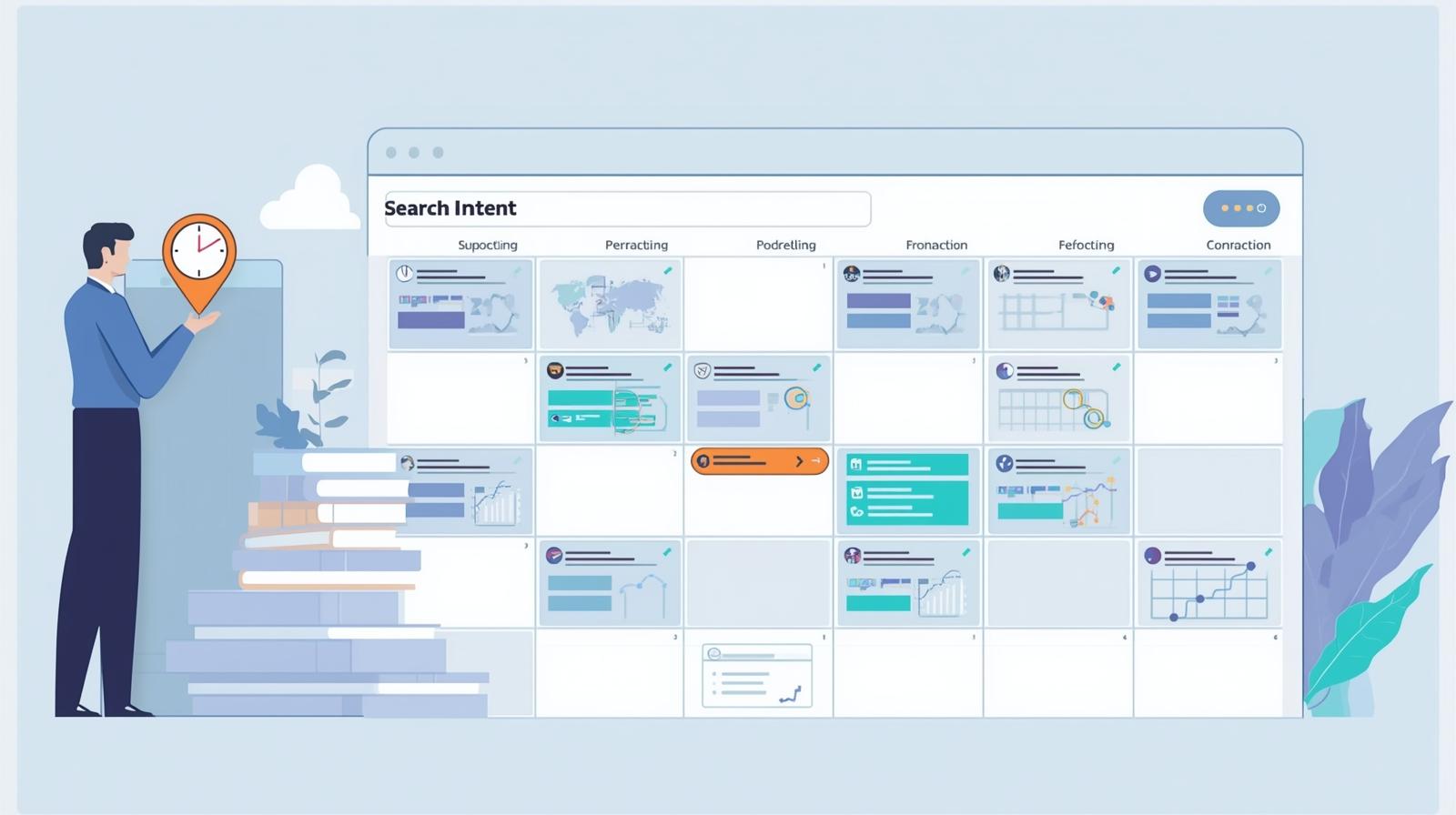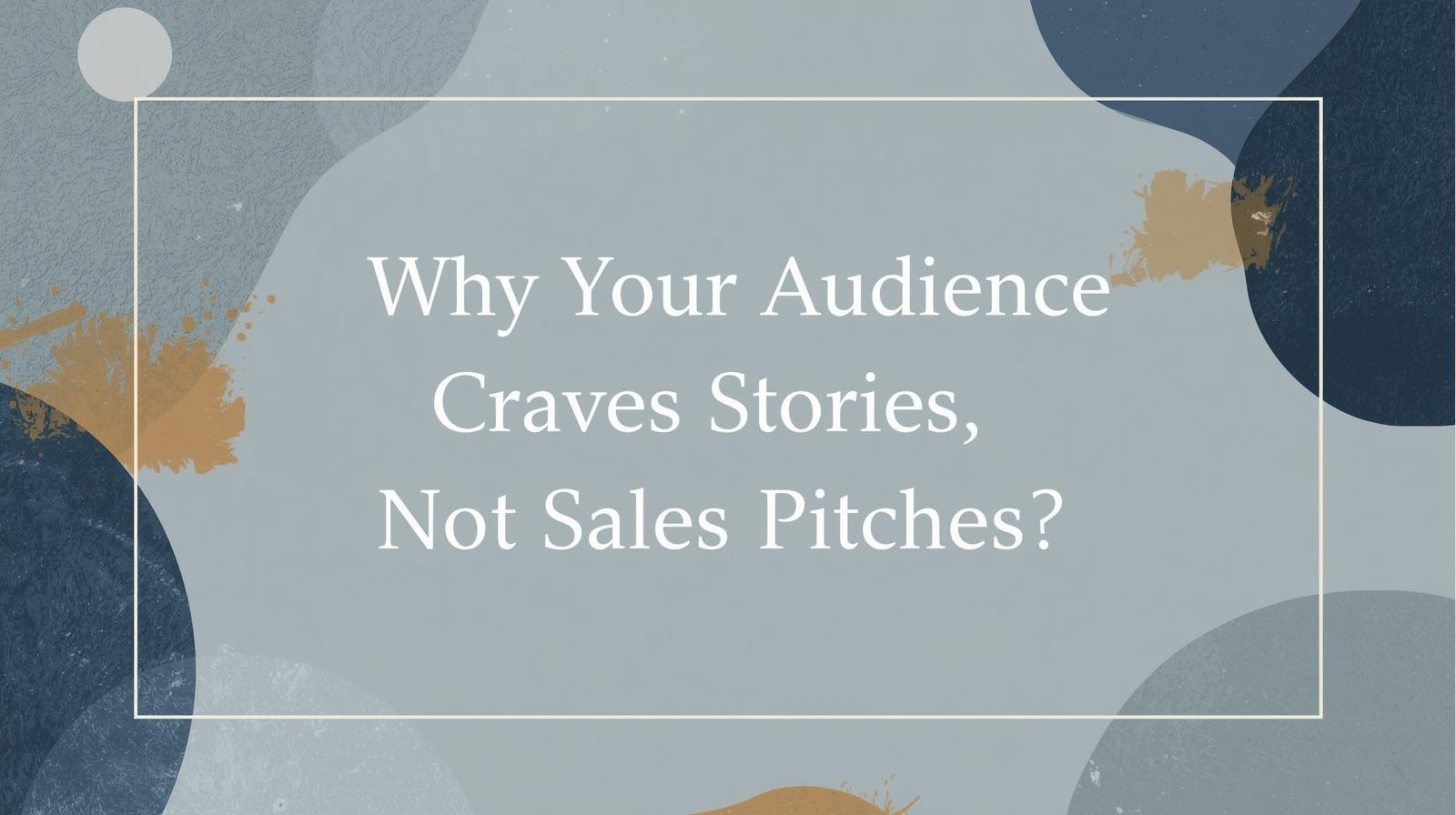A robust SEO strategy is going to take your brand forward, but SEO is not an overnight process, and you must have the patience for the long haul. SEO content calendar helps you plan through your schedule of what you are going to post, where you will post it and how it aligns with the search intent. It is one of the most efficient tools where you can manage a strategic approach to create content that’s going to be posted on social media channels, websites, etc. You can effectively plan, organise and optimise content using an SEO content calendar, which aligns with the search intent of users. However, you must have a goal in mind while you are planning the entire SEO strategy. How your SEO strategy fits into your content planning will impact the overall user engagement and search visibility. In this blog, we will discover why you must keep a detailed SEO content calendar and how it helps you create a robust content strategy that not only boosts your brand visibility but also helps you stand out in a saturated market.
A Step-By-Step Guide to Create a Robust Content Calendar Strategy
Brands can maintain a consistent posting schedule by creating a well-structured content calendar. It helps them foster trust and engagement among their target audience. Keeping a content calendar can facilitate effective campaign planning, and you can pre-plan the dates on which the content will be posted, which reduces last-minute stress for marketers and specialists.
You can improve content organisation, collaboration, and quality content delivery by keeping a content calendar, which is a crucial tool to manage your brand’s presence on social media channels. Let’s discover a step-by-step process you need to complete to create a robust content planning strategy.
Step 1: Define SEO Goals for Content Planning
You must first decide your SEO goals. Here you must decide if you want to boost conversion rate, increase organic traffic or establish authority in your market niche. Depending on this, you will shape the keywords and content topics that will help you fulfil your SEO goal. Hence, it is important to set a clear objective for your SEO strategy through which you can address the varying needs of the audience.
Step 2: Determine the Search Intent of Users
After this, you should classify the search intent based on which you will plan the content. There are four different search intents, one of which is informational. Second is navigational. Third is transactional, and fourth is commercial intent. If the users are only searching for information, it is the informational intent. If users want to search for a specific store or a website, they will have a navigational intent. If users are looking for a set of instructions, it’s a transactional intent. If users are trying to make a purchase, it’s a commercial intent. Your content must fit into one of these categories, which will determine how you meet the specific search intent of users.
Step 3: Conduct a Comprehensive Keyword Search
The next step of the process is to search for optimum keywords and SEO tools, which will help you deliver your overall content strategy. You must include relevant and high-value keywords in your content to drive good traffic to your website. You should optimise the content to improve your search rankings on the search engine results page.
Step 4: Leverage Top SEO Tools To Inform Your Overall Content Strategy
In addition to the above steps, you need to leverage top SEO tools like SEMrush, Ahrefs and Google keyword planner, where you can identify CPC values, keyword difficulty, keyword suggestions, backlink insights, competitor analysis, trends, keyword search volume and related keyword suggestions. You can plan your SEO content accordingly by aligning it with the search demand. Due to this, you need analytical SEO tools like SEMrush and Ahrefs to improve your overall content planning strategy.
Step 5: Create and Structure the SEO Content Calendar Template
After conducting a comprehensive keyword research and leveraging SEO tools to understand the trends and patterns, you can create a content calendar which includes content title, target keywords, content type, publication date, SEO optimisation checklist and detailed promotion strategy.
You need an engaging headline as your content title, which can catch viewers’ attention at a glance. Including primary SEO keywords is important in the content so that they can drive organic traffic to your website. You should declare the type of content you are writing in the calendar, such as if it is a landing page content, blog post, article, video or an infographic. The optimisation of other SEO elements is important, such as including image alt text, metadata and internal links. The promotion strategy entails how you share the content across various channels, be it email, social media, or websites.
To Sum Up
After creating your content calendar, you must have the entire strategy in place where the focus is on content creation and producing high-quality SEO-driven content. You need an authoritative and well-researched strategy that fits the changing demands of your target market. By placing the relevant keywords naturally throughout the content, you can improve its relevance that aligns strongly with the search intent of users. You can leverage the services of top performance marketing companies in India, like VerveOnlineMarketing, where marketers will assist you in creating a top-notch, tailored SEO strategy that aligns with the changing audience preferences and demands.






